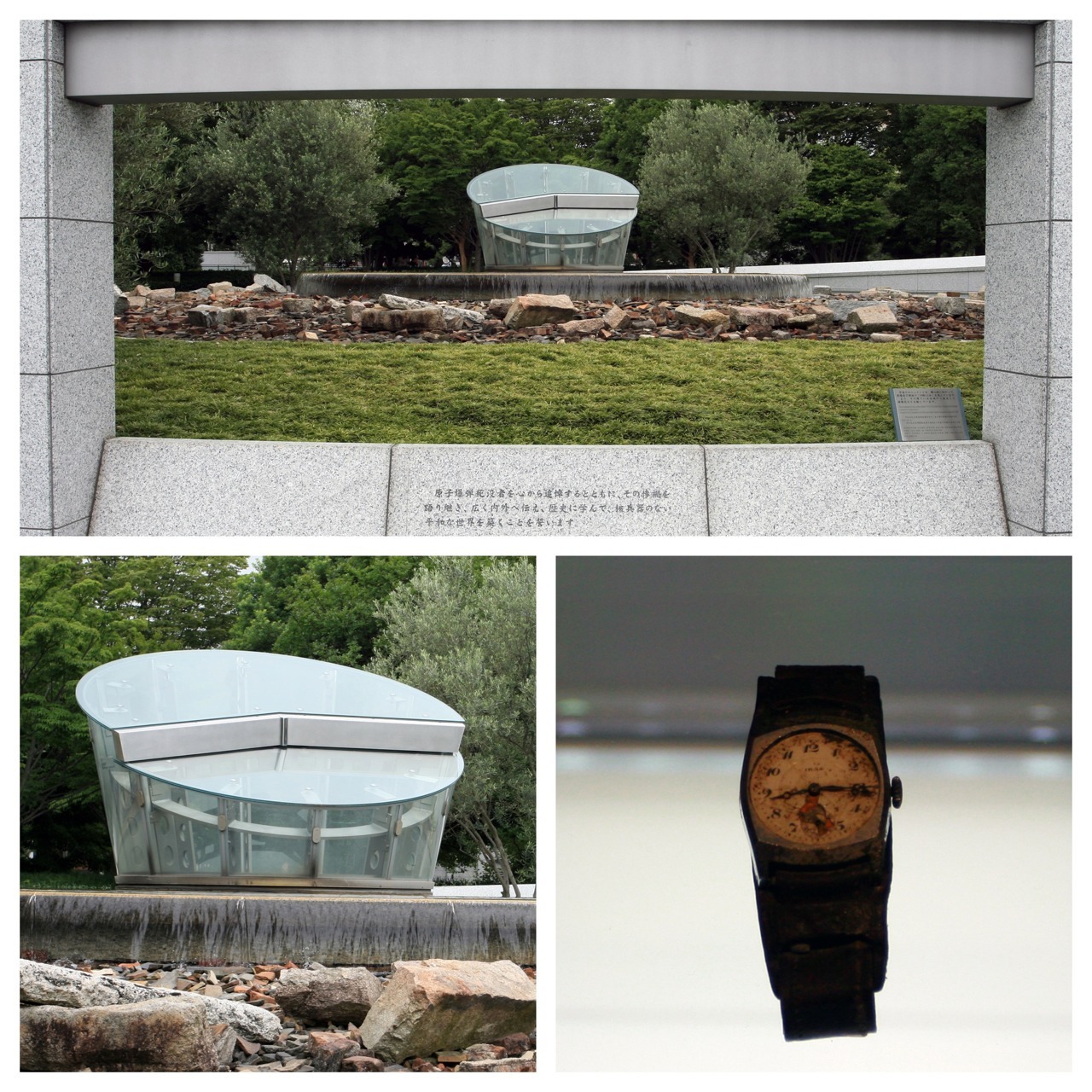This is the first in a series of posts inspired by six words that are used by the late Dr George Daniels to describe watches in The Watchmaker’s Apprentice: historic; intellectual; technical; aesthetic; useful; and amusing. The Watchmaker's Apprentice is a documentary about the lives of Roger Smith and Dr George Daniels by DAM Productions. A version premiered at SalonQP last year.
Historic (/hiˈstôrik/) Adj. 1. Famous or important in history, or potentially so. 2. Of or concerning history; of the past. There are many historic watches; by their nature, watches record history by displaying the passing of time. Some watches have been central to historic events, such as the Omega Speedmaster worn by Apollo 13 astronaut Jack Swigert, which he used to successfully time the re-entry into the Earth’s atmosphere. Many watches become historic by dint of their ownership: Abraham Lincoln’s William Ellery pocket watch, for example or Winston Churchill’s Breguet. Others have become part of history, such as the astrological mechanism that appears to have lain undisturbed off the island of Antikythera for the best part of 18 centuries.
However, there is a group of watches that, for me at least, is truly historic. Their multi-branded iconic dials all show exactly the same thing and were the inspiration for the Memorial (pictured opposite). At least two are now on display at the Peace Memorial Museum in Hiroshima. A pocket watch, belonging to Mr Kengo Nikawa, stopped at 08:15 on the morning of August 6, 1945. Mr Nikawa was over a mile from the hypocentre of the blast; he died two weeks later. A similarly-stopped wristwatch tells the same story. These watches have no intrinsic value; their style, brand, movement, complications and finissage are irrelevant.
These pieces recorded history. Permanently.
A version of this post first appeared on the #watchnerd Tumblr.

No comments:
Post a Comment